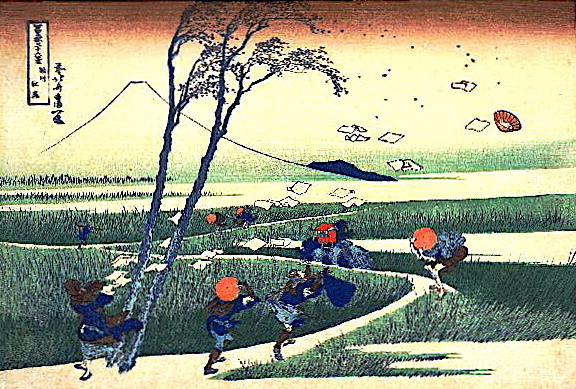We have been trying to come up with a checklist we can use in teacher observations ( for HS teachers of English in Japan). It’s been harder than I imagined. We want to help teachers and their students. But any list of criteria always reflects the preferences of its creators. It reflects an assessment. It reflects an agenda.
After observing many classes last year, I came away with a few depressing impressions, one of which–sorry–was that I am so glad I am not a student in any of those classes. OK, not all, but many…um, no…most. The classes that were pleasant experiences generally achieved this through the power of the performance personality of the teacher. It was the teacher’s jokes, movement in the classroom, and energy that drove the lessons. The same syllabus taught by another teacher would probably have resulted in another snoozer. I know it is difficult to separate teachers from their lesson plans, but if we do that and stand back, some rather distinct features emerge.
- Teachers don’t have enough confidence in their own English; and/or have great difficulty effectively using English in the classroom even when their English skills are extremely good (more on this in a future post…)
- There is a clear preference for efficiency at the expense of process (that is, activities are tweaked to make them faster, smoother, and more efficient to set up and conduct in the classroom, to get all learners to move quickly at the same pace)
- Control is always with the teacher (it is full-frontal presentation and explanation-based instruction)
- Learners are not given opportunities to experiment with the language (meaning-focused output-based activities are extremely rare; there are always clear correct answers in activities)
- And there is very little joy in the classes (with many sleeping or distracted students and very low levels of student energy or participation); emotions are rare ( rarely are textbook stories milked for their emotional resonance); and only briefly did I get any sense of the shared journey of learning the class was making
- Viscerally Engaging?
- Cognitively Engaging?
- Communicative?
- Pedagogically Sound?
- Creative?
- Secure?
No doubt many pupils would agree with this example of their findings: “The joy of learning does not include listening to prolonged speeches.” Such teacher-centric lessons are much less likely to generate joy than are lessons focused on the student, the authors report. The latter kind of learning involves active, engaged effort on the part of the child; joy arrives when the child surmounts a series of difficulties to achieve a goal.
They also mention there is greater joy when learners are allowed to work at their own level and when they are allowed to play more (the study looked at elementary school students).
This is hard to do. It is hard to set up an activity that is a doable challenge for learners and then let them experience achieved success. It is especially hard when probably no one in the room–teacher or student–has ever experienced this kind of lesson before. It also hard to let learners work at their own pace when exam periods are fixed. And making things playful or game-like is also more difficult than just assigning points and keeping score (as Stephen Anderson makes clear in this presentation or his book, Seductive Interaction Design).
For a more scholarly approach to the topic of emotions, google Antonio Damasio, Helen Immordino-Yang, or Kurt Fischer to get a wide variety of articles, or look at any of the neuroscience and learning initiatives that have come online recently). There is also this article on Cognition Affect and Learning by Barry Kort. It looks at stories and emotions among other things. And here is a link from the Eide Neurolearning blog that gives a nice summary of humor and affect in learning and links to several other resources.
Changing from an approach that focuses on cognitive efficiency to one that focuses on greater learner control of the process of learning will not be easy. But the increasing number of studies coming out that highlight the need for greater consideration of emotions and the social nature of learning are pointing to a shift in pedagogy. Adding humor to lessons is much easier to do right away. Taking inspiration from Apple’s slogan: Think quirky, think playful.

Pingback: Garr Reynolds on Making Lectures More Engaging